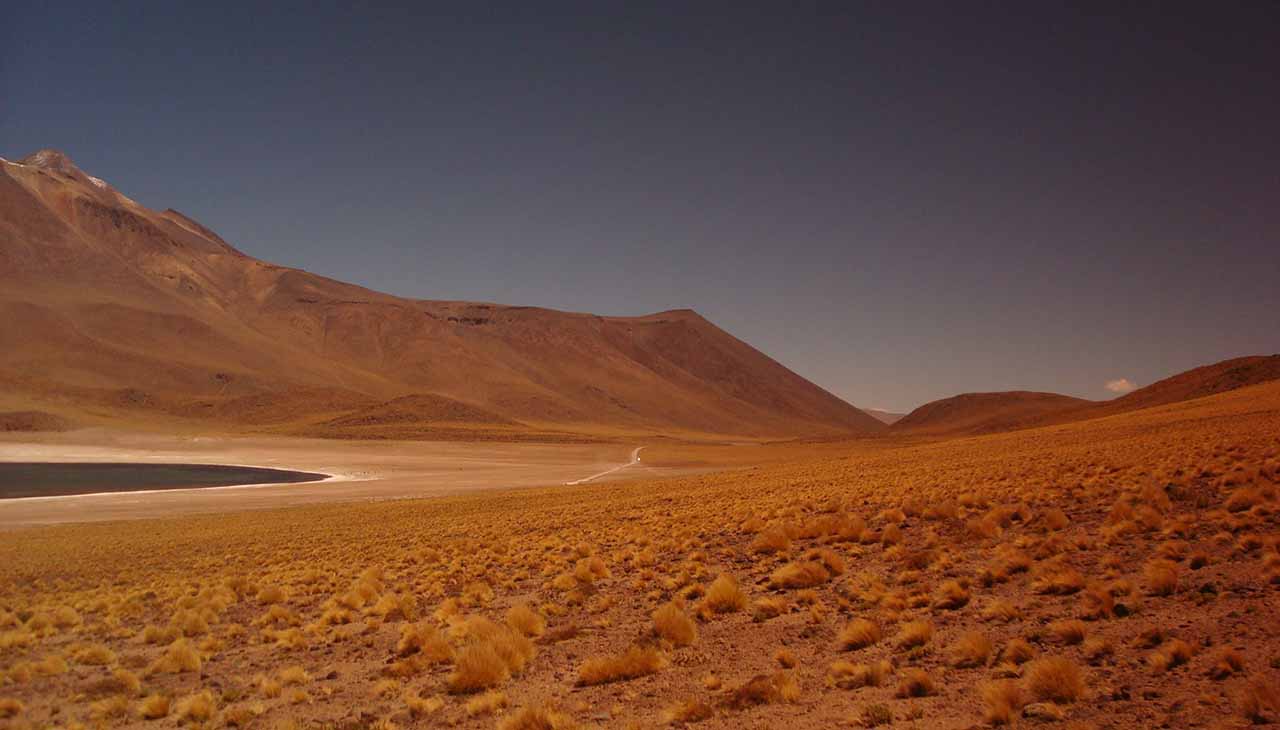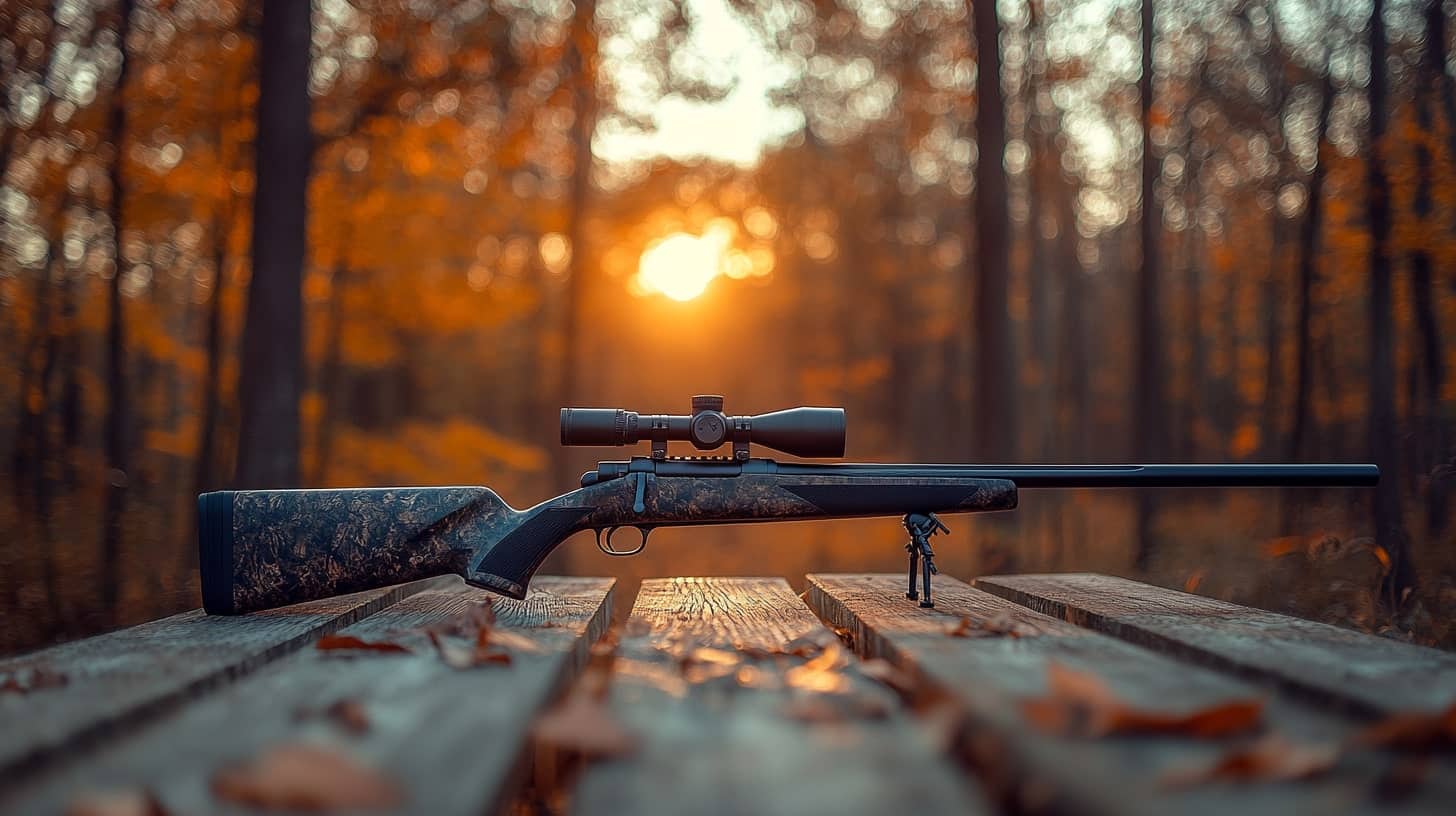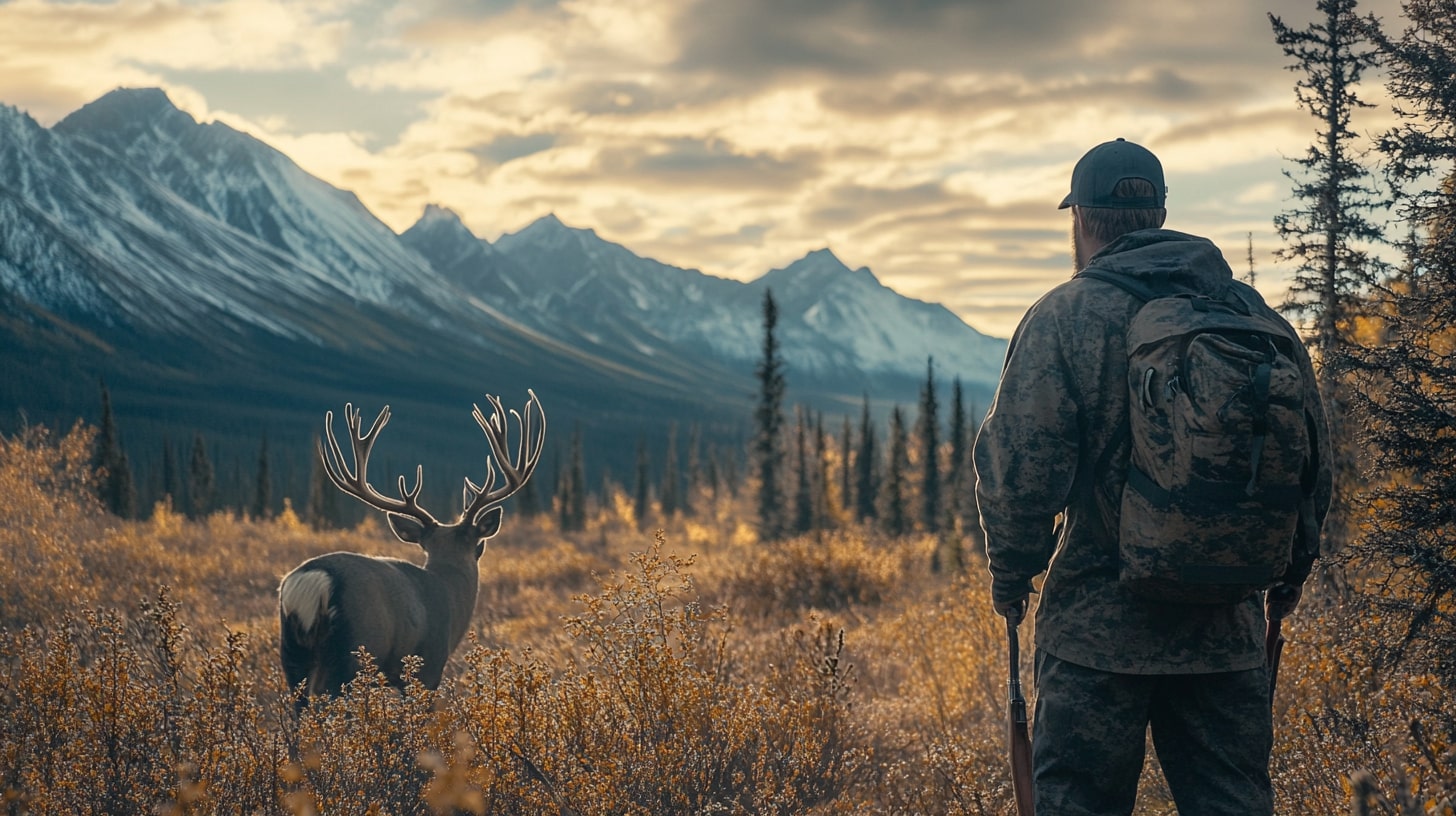Embarking on a hunting trip without adequate wilderness survival skills can turn an exciting adventure into a precarious situation. This guide aims to equip hunters with essential knowledge and techniques to stay safe and navigate through the uncharted territories of the wild. From understanding how to source food and water, to building emergency shelters and signaling for help, these survival skills are vital for any hunter, regardless of their experience level.
Navigation and Orientation
Mastering the art of navigation is a cornerstone of wilderness survival. The loss of direction can be a daunting experience, particularly in unfamiliar terrains. Familiarize yourself with the usage of a compass and topographical maps. In the absence of these tools, knowledge of natural navigation techniques can prove invaluable. This includes observing celestial bodies, vegetation, and animal behavior to ascertain direction. Additionally, creating and recognizing landmarks can also aid in maintaining orientation. Remember, continuous practice is the key to honing these skills.
Shelter Building
Seeking or building a shelter is one of the first things you should do when you find yourself in a survival situation. An effective shelter can protect you from harsh elements and extreme temperatures, providing a safe space for rest and recuperation. There are various types of wilderness shelters such as lean-tos, A-frames, and debris huts, each with its advantages depending on the environment and resources available. Always consider factors like weather conditions, insulation, and the time required to construct when choosing your shelter type. Remember, the primary aim is to conserve energy and maintain body temperature until help arrives or you can self-rescue. With regular practice, building a wilderness shelter can become second nature.
Fire Starting
Fire is a fundamental survival tool that serves multiple purposes—from providing warmth and cooking food to signaling for help and keeping predators at bay. Understanding how to start and maintain a fire is a crucial skill for any hunter. The essential elements of fire starting are heat, oxygen, and fuel, often referred to as the ‘fire triangle’. Begin by gathering small, dry twigs (kindling) and larger logs for fuel. Strike a spark (from a lighter, matches, or a flint and steel) onto a tinder nest—this can be dry grass, leaves, or specially prepared materials. Once the tinder catches, add the kindling and gradually larger pieces until a sustainable fire is established. Remember, safety is paramount. Always build fires in a controlled environment away from flammable materials and ensure it’s fully extinguished before leaving the site. As with all survival skills, practice is essential to master the art of fire-starting.
Water Sourcing and Purification
Water is a critical element for survival, especially in the wilderness. Therefore, knowing how to source and purify water is essential for any hunter. Natural sources such as streams, rivers, and lakes are primary sources of water in the wild. However, these sources may contain harmful bacteria and parasites. Hence, purification is necessary to avoid any illness. There are several methods to purify water, boiling is the most common and efficient one. Other methods include using purification tablets, portable filters, or UV light devices. In desperate situations, you can also use the solar still technique or transpiration method using plants to collect and condense water. Always ensure to carry plenty of water and have a backup plan to procure more in the wild. Practice these techniques regularly so you know how to use them effectively in a survival situation.
Food Sourcing
In a survival situation, food becomes a crucial factor in maintaining energy levels. Hunting games or fishing can usually provide a substantial food source if you’re equipped with gear like a hunting rifle or fishing rod. However, these methods require skill and can be time-consuming. It’s also possible to forage for edible plants and berries, but one must have the right knowledge to distinguish between edible and potentially poisonous species. Insects are another viable source of nutritional sustenance – they’re abundant in most environments and are high in protein. Snakes and frogs can also be caught and cooked for nutrition. It is important, however, to thoroughly cook all food sourced from the wild to kill potential bacteria and parasites. Practice these techniques during non-survival situations so you’re equipped to use them when necessary.
First Aid and Emergency Response
First aid and emergency response knowledge is paramount in a survival situation. The ability to address injuries and illnesses can greatly increase your chances of survival. Basic first aid skills include knowing how to clean and dress wounds to prevent infection, splinting fractures or sprains, and recognizing symptoms of common illnesses or conditions such as hypothermia or heatstroke. Carrying a first aid kit equipped with essentials like bandages, antiseptic wipes, tweezers, medical tape, and pain relievers is strongly recommended. Moreover, knowing how to signal for help in an emergency is equally important. Using fire, brightly colored clothing, or a mirror to reflect sunlight can attract the attention of rescuers. Learning the universal distress signal—three of any signal (three fires, three whistle blows, three gunshots)—can also be crucial in getting noticed. As always, the more you practice these skills, the more efficiently you can respond in a real-life survival situation.
Survival Tools and Equipment
Having the right tools and equipment can significantly increase your chances of survival in the wilderness. A good survival knife, for instance, can be used for many purposes, including cutting, hunting, and even starting a fire. A compass and a topographical map are crucial for navigation. A fire starter, such as a lighter or matches, is essential for warmth, cooking food, and signaling for help. A reliable water purifier or filtration tablets can ensure you have access to safe drinking water. A first aid kit can help you address injuries and illnesses. Other useful items include a multi-tool, flashlight, paracord, and an emergency blanket. A portable shelter or a tarp can protect you from the elements. It’s also wise to have some form of communication device, like a whistle or a mirror, to signal for help. Remember, the key is to understand and practice using these tools and equipment before you find yourself in a real survival situation.



